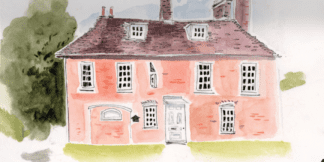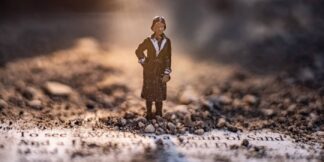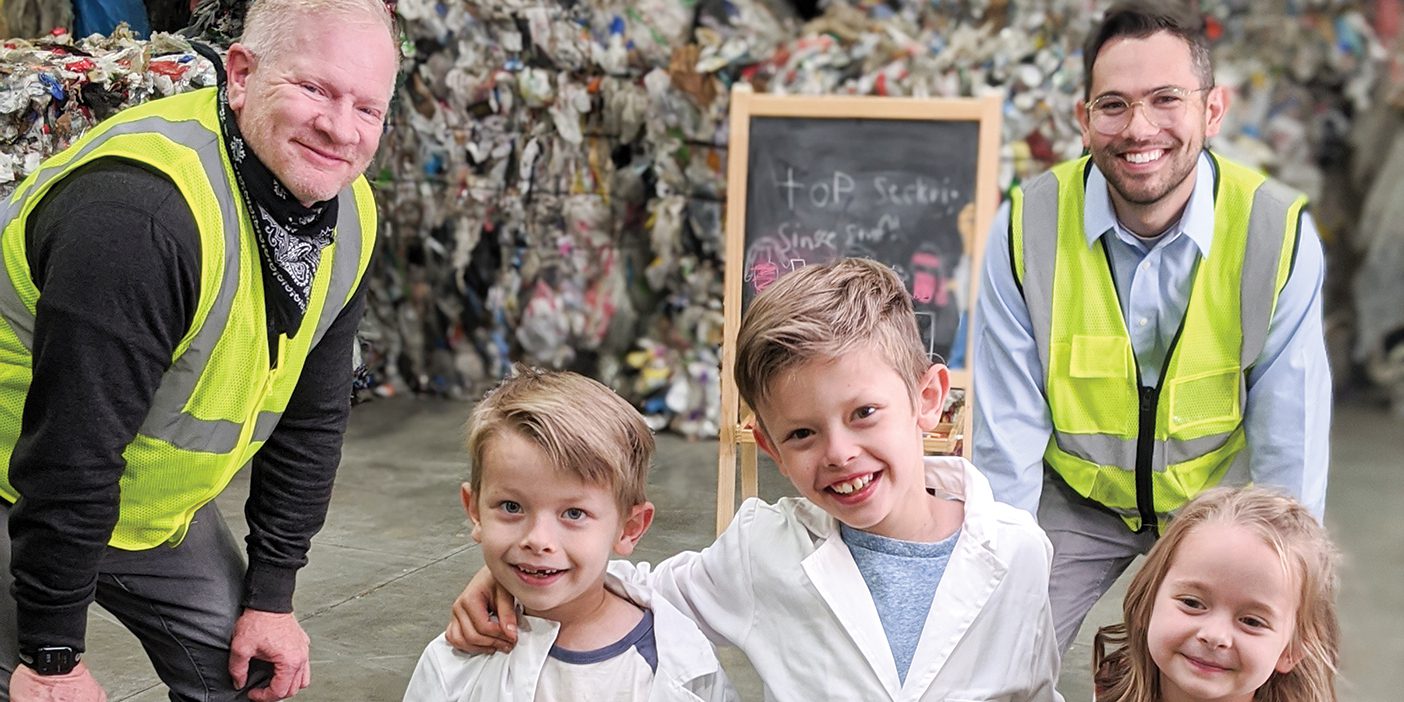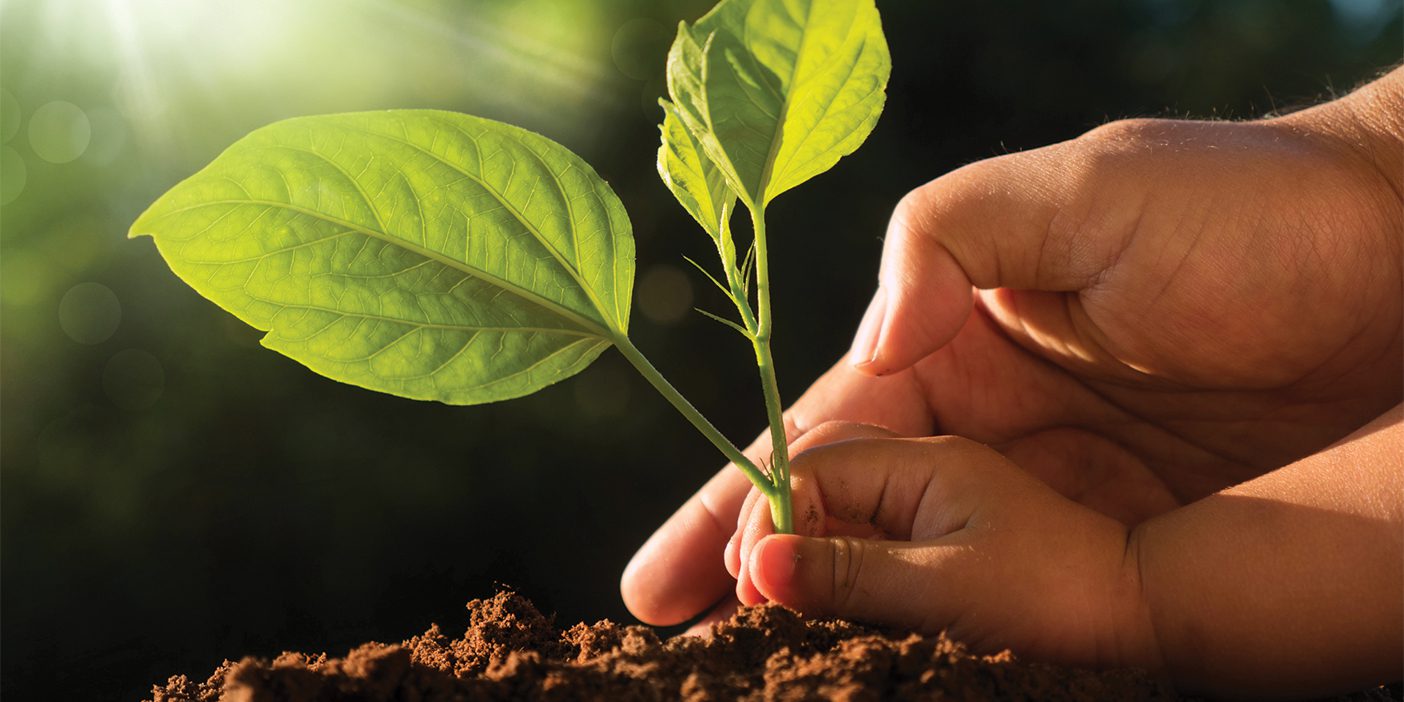
Environmental-science grad student Isabella M. Errigo (BS ’20) came to BYU to live near the mountains. But she became increasingly concerned by how often she could barely see them through a cloud of air pollution.
Last year Errigo joined plant-and-wildlife-sciences professor Benjamin W. Abbott in leading a team of 22 Utah-based experts, ranging from public-policy experts to medical doctors, to study the economic and health-related costs of air pollution in the state. Published in the journal Atmosphere, the results are clear, but our air is not—and we’re paying the price.
1.1–3.6 years: the median decrease in Utah life expectancy because pollution increases the likelihood of life-threatening conditions.
3.3 billion: the annual economic costs of air pollution in Utah, including healthcare expenses, lost earning potential, and a decline in tourism.
10x more Utahns die prematurely due to air pollution than car accidents each year.
$500 million per year could be saved by 2030 if Utah achieves air pollution reduction targets proposed by the Utah Roadmap to Clean Air.
85% of the pollutants causing health and economic harm are fossil-fuel combustion products. The biggest offender? Personal vehicles.












